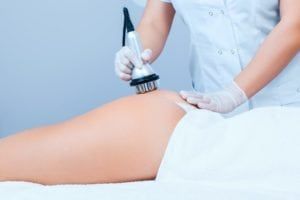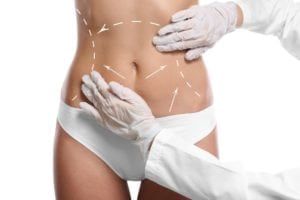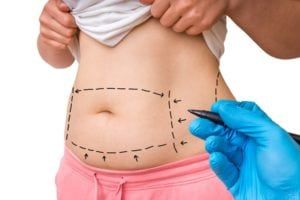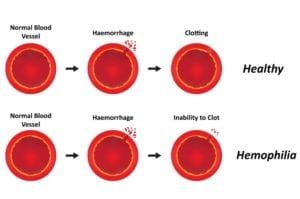A brow and forehead lift is a surgical procedure used to raise the eyebrows and eliminate deep creases, furrows and frown lines that form between the brows and along the forehead. Also known as expression lines, these wrinkles are often too deep to adequately respond to topical applications or cosmetic fillers. In more severe cases, the brow may hang low or sag over the eyes, causing the face to appear tired or heavily aged. Lifting the brow can restore a more youthful appearance that can last many years.
Did you know…
that a brow and forehead lift can be paired with other cosmetic procedures to further correct the facial changes caused by aging? In addition to a brow lift, many men and women also undergo eyelid surgery to lift baggy eyelids, as well as a full facelift to correct a sagging jowl or other age-related skin and muscle issues along the lower face and neck.
Frequently Asked Questions
Am I a candidate for a brow lift?
You may be a candidate for a brow lift if you have a sagging brow or deep lines and wrinkles on your forehead and around your upper eye area. A consultation with your surgeon will help you determine whether a brow lift is right for you based on your overall health and expectations for the outcome of your surgery.
What should I expect during a brow lift procedure?
You won’t remember anything about your brow lift procedure, as you’ll be fully sedated using IV sedation or general anesthesia. During this time, your surgeon will make an incision – either along your hairline or across the top of your head from ear to ear. It is via this incision that your surgeon will carefully lift your forehead and remove excess skin from your scalp.
Will I need to follow any post-operative instructions following my forehead and brow lift surgery?
Yes, your surgeon will provide clear and specific instructions for your recovery period. You’ll awaken from your procedure with your forehead and brow area wrapped to help prevent swelling and bruising. At home, you may need to apply topical medications or take oral prescriptions to facilitate a healthy healing process. You may also be instructed to avoid certain activities in the days following your procedure and to follow up with your surgeon at an office visit within a few weeks.











































































































































































































































































































